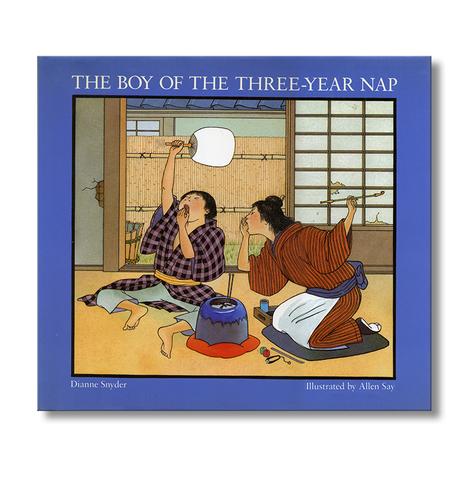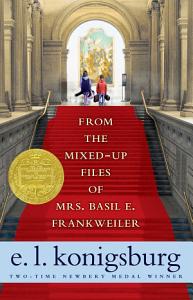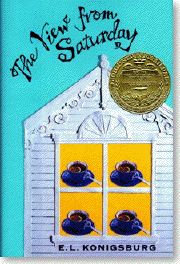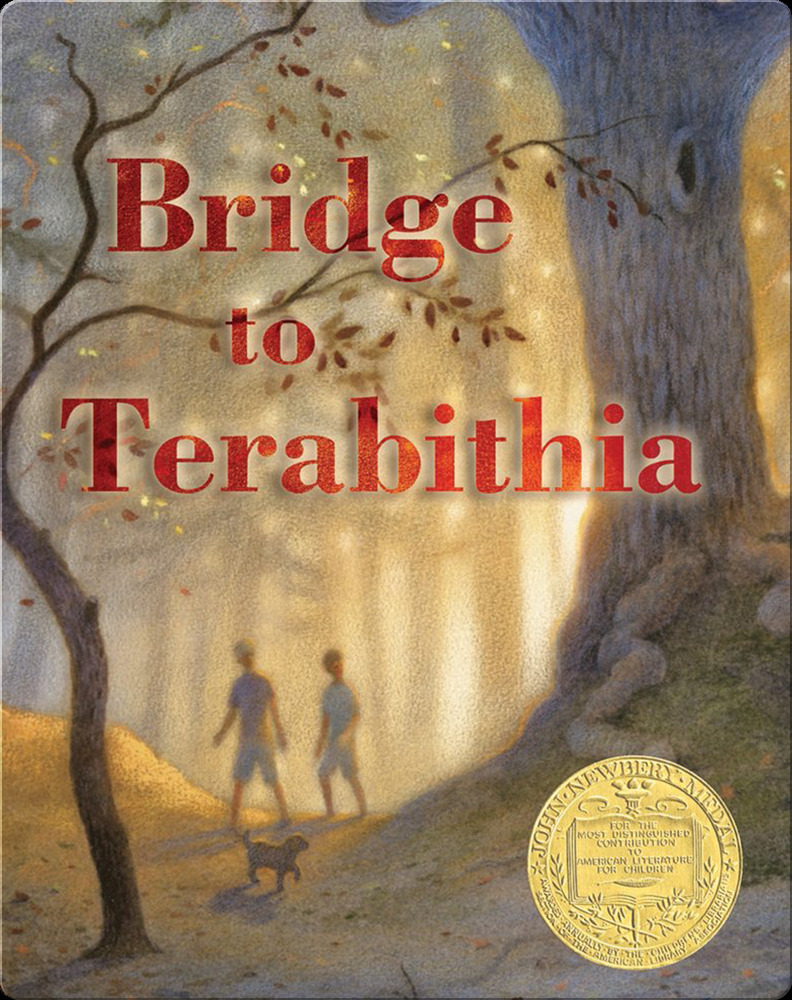“Storytelling is an age-old art shared among friends, families and strangers, and its presence can captivate young and even older learners in the classroom too.” –Sarah Liu

When I was growing up we used to spend a lot of time with my Uncle Richard and his family. They lived nearby and had two daughters who were close in age to my brothers and me. One of my favorite memories is all of us sitting together listening to my Uncle Richard tell stories. He would use different voices and seemed to pull us all into the experience with the characters. Our favorite story was Br’er Rabbit and the Tar Baby. When he told that one, every person in the room would have tears in their eyes from laughing so hard. Uncle Richard was the greatest storyteller!
I’ve tried my hand at storytelling a few times and never felt very comfortable doing it. I like having the book in my hand and reading the words the author wrote. They know the story best, right? However, just as I remember fondly all the times we listened to my uncle tell stories I’m sure students of all ages can connect with and remember stories told by their teachers, in addition to those read from the text.
I recently tried again to tell a story instead of reading it word for word from the book. The story I retold is called The Boy of the Three-Year Nap, written by Diane Snyder and illustrated by Allen Say. I am somewhat familiar with this story because I used it as an interactive read-aloud a few years ago when I taught third grade. To prepare for the storytelling, I read through the story several times thinking about which events would be the most interesting for the audience and looking for places I might be able to add some sound effects. Next, I took some notes on index cards to help me remember which important events I had chosen to include as I retold the story. Then, I practiced several times, adjusting and revising sections that seemed confusing, rushed, or spots I felt needed more emotion.
I created an audio recording in Seesaw because that is the primary learning platform for my second-grade class. My audience responded with positive feedback, stating they enjoyed the story. One student stated he liked the way I changed my voice when the main character Taro dressed up as the god Ujigami. Another student commented that it was funny when Taro realized his mom tricked him into having to work.
My critique of my performance is that it wasn’t bad, but it could’ve been better! I felt that I did well giving Taro a specific voice tone when he was dressed up as Ujigami. However, in hindsight, I realized the pacing was too fast. I should have included more pauses to give the audience a chance to process the actions and attitudes of the characters more. Also, more descriptive language and details would have helped them visualize the different settings more effectively. This experience pushed me out of my comfort zone, which can be good for me since sometimes I like to just stick with tasks in which I excel and know I will do well. In closing, I see the benefit of storytelling and think I should spend more time using it with my students.
References:
Snyder, D., Say, A., Houghton Mifflin Company, & Houghton, M. C. (1988). The Boy of the Three-year Nap. Houghton Mifflin.
Lui, Sarah. (2016). The Power of Storytelling in the Classroom: 5 Ways It Can Be a Great Help. Teach.com Powered by 2U. Retrieved from https://teach.com/great-educational-resources-the-power-of-storytelling/







